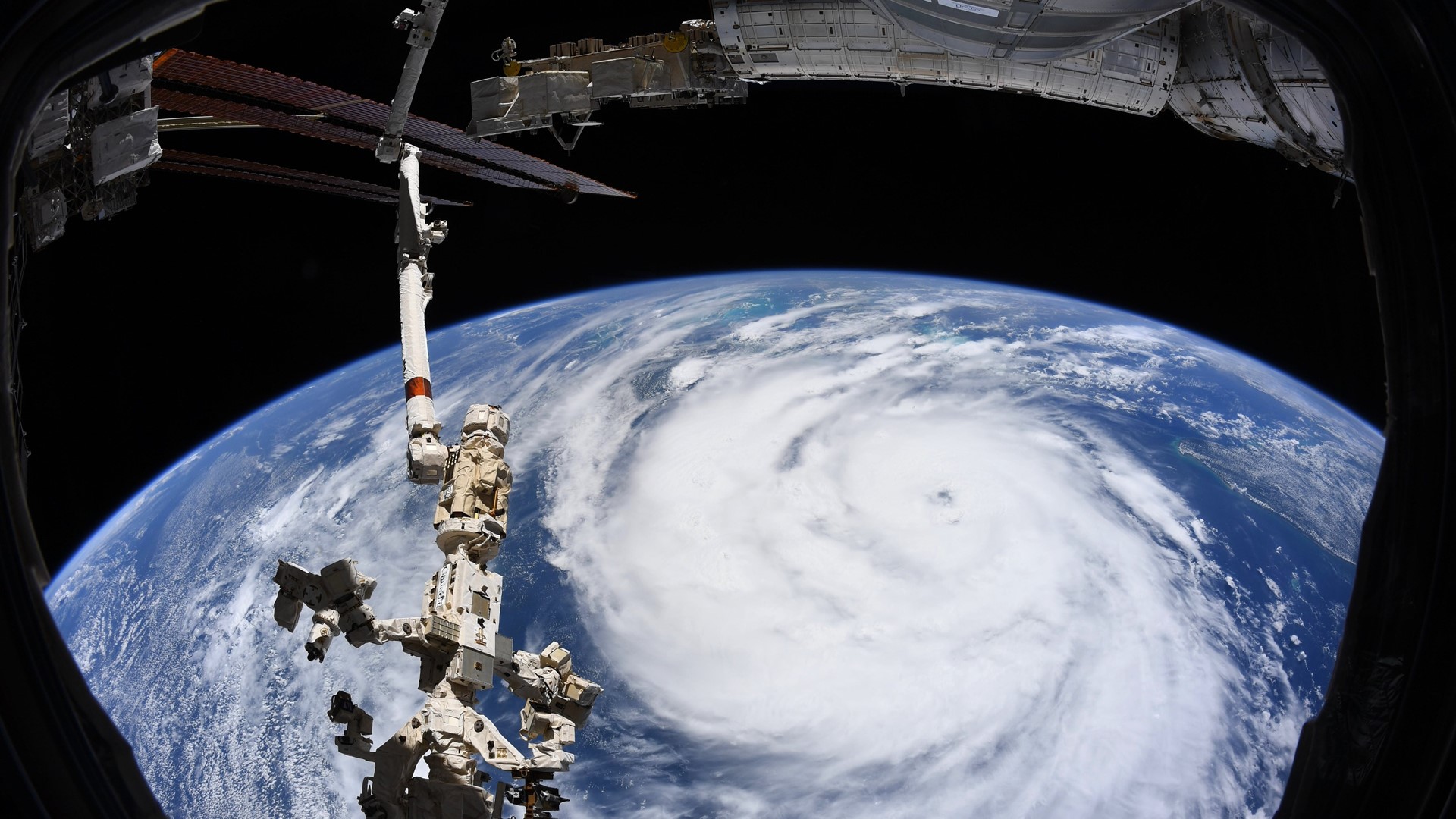
The 2021 Atlantic hurricane season began with a bang for the residents of Louisiana. On August 29, 2021, the Gulf Coast state was battered by Hurricane Ida, a powerful Category 4 storm that officials believe was the strongest to hit the area in 165 years. To make matters worse, Ida arrived on the sixteenth anniversary of the devastating Hurricane Katrina and made landfall twice.
The powerful storm, which packed 150mph winds, first blew ashore at Port Fourchon, a major oil hub less than 100 miles from New Orleans. The area, which had been evacuated before the hurricane hit, is a docking site for multi-million-dollar ships that supply and support about 90% of the Gulf's platforms and rigs. They produce about 15% of the nation’s crude oil and 5% of its natural gas. Two hours later, Ida ripped through Lafourche Parish, a county with about 100,000 residents.
Ida, which is heading towards southwestern Mississippi, has now been downgraded to a tropical depression. However, it has caused extensive flooding and damage across southern Louisiana. On Monday, officials sent out rescue boats, high water vehicles, and helicopters to rescue the thousands of residents stranded in their attics or rooftops by the high water levels. Over a million residents are currently without power.
In New Orleans, the storm ripped off awnings, caused buildings to sway, and flooded many streets. It also damaged the eight transmission lines that deliver the city's power, leaving residents in the dark. The power outage is also impacting the operation of sewer pumping stations. The local utility company says it will take a few days to determine the extent of the damage to the electricity grid and probably a few weeks to restore service to all.

Extensive as the damage is, things would have been even worse without the protection of Louisiana's new $14 billion levee system. Built by the U.S. Army Corps of Engineers and other agencies, the 133-mile protection perimeter around the New Orleans metro area prevented the extensive flooding experienced during Hurricane Katrina.
In a press conference on Monday, Louisiana Gov. John Bel Edwards said, “The one good news here, the good news this morning anyway, all of our levee systems performed extremely well, especially the hurricane risk reduction system around New Orleans and even non-federal levees in Lafourche, Terrebonne parish performed extremely well.”
The news is particularly encouraging given that Ida was much more powerful than Katrina. At landfall, the storm's winds were just shy of the 157 mph required for a Category 5 hurricane. This is the highest level on the Saffir-Simpson scale, which rates storms from 1 to 5 based on maximum sustained wind speed. Only four Category 5 hurricanes have made landfall in the continental US in the last century: the Labor Day Hurricane in 1935, Camille in 1969, Andrew in 1992, and Michael in 2018.
#Stay Strong Louisiana!
Sources: CNN.com, wdsu.com, wikipedia.org, foxnews.com
